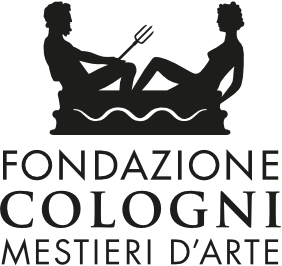Co-creating beauty
For the last two hundred years or so, most of our systems, approaches and thinking have been moving consistently in the direction of specialization. The division of labour, which allowed for the growth of complexity and ultimately has given way to an explosion of information, requires us to separate, to categorize, and to disassociate one thing from another.
The Doppia Firma project is a remedy for the unintentional partitioning off of creativity
In this process, almost imperceptibly and quietly – like the famous frog in the pot of boiling water – creativity has become a victim. It has unwittingly been separated out; relegated to a mostly cerebral and individual realm; confined, essentially, to the arts and to artists. And in this respect we have unwittingly – and significantly – done it the greatest disservice: for creativity is also physical, also communal and it is the distinguishing feature of all human beings regardless of their activity or profession. The Doppia Firma project is a remedy for the unintentional partitioning off of creativity. By providing designers and master artisans with an opportunity to work hand-in-hand to co-create bespoke objects, it takes creativity out of its silo, allows it to move and breathe in the exchange of ideas and experience, to take on brand-new shapes and expressions. The project’s hallmark, the double signature, is an important step on the road to unifying our vision and approach, to breaking down silos and taking a clear stance on collaboration. It is also a powerful statement, acknowledging the value of master artisans, and unleashing the potential and the energy that is the result of relationship.
A central tenet of the Michelangelo Foundation for Creativity and Craftsmanship is to carry craftsmanship safely into the future by bringing it closer to the world of design. Our support of Doppia Firma was therefore a most natural choice since the project itself embodies this idea. We are confident that the general public will find enjoyment and interest in the beautiful objects produced through this project, and hope they will have an occasion to call upon the services of the designers and artisans featured here. It is also and especially our sincere hope that designers and artisans will not only find inspiration in Doppia Firma, but also that they will dare to create their own links with one another and, in so doing, become part of a quiet but very real movement that seeks to restore creativity to a place in our world which is unbounded and replete with possibility.


